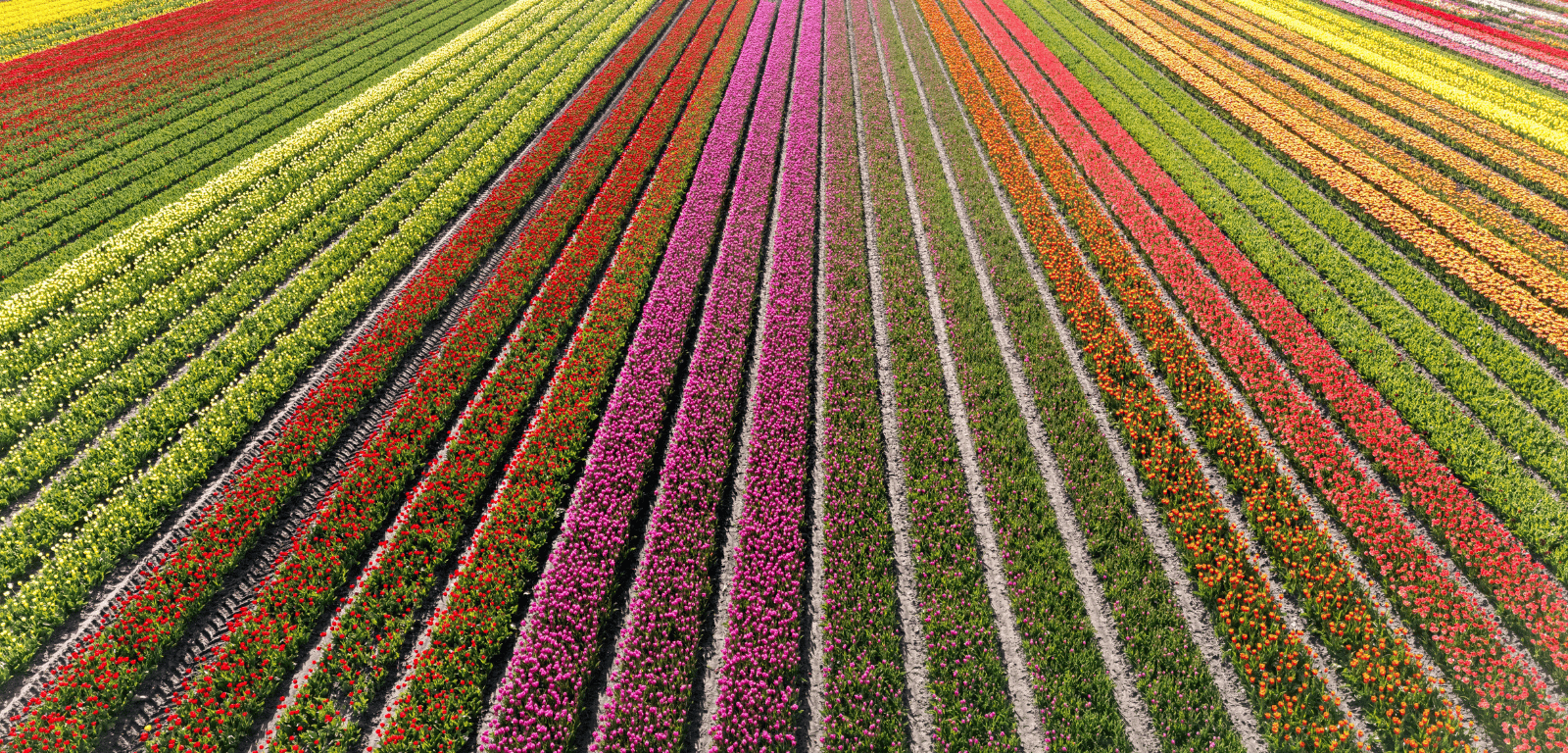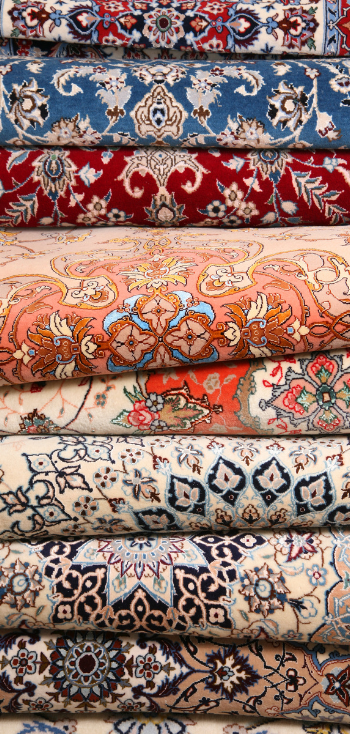

RUG AUTOMATION & PACKAGING: A NEW ERA FOR THE HOME TEXTILE INDUSTRY

Rugs have long been a staple in home decor, bringing warmth, style, and character to any space. However, there’s more to rugs than meets the eye. As the market evolves, so do the trends and techniques associated with their creation and distribution: from ancient handcraft traditions to modern industrial production, this article will provide an intensive analysis of the rugs market, highlighting the transformative role of automation in an ever-evolving industry.
MARKET EXPANSION’S DRIVING FACTORS
According to the market report by “Mordor Intelligence”, the carpet and rug market size was valued approximately USD 50 billion in 2024-2025, and it is projected to grow at a CAGR of 4.2% to 4.7% within a 5 years span, reaching USD 66 billion by 2030, with North America maintaining the greatest market share.
The rug market’s growth,which is expected to continue in the near future, is primarily driven by increased spending in the residential construction sector. The construction of new homes and commercial spaces boosts demand for rugs, as people seek to enhance the visual appeal of their living and working environments. Alongside the decoration, rugs are sought after for their practical benefits, such as floor heat insulation and slip prevention. Additionally, technological advancements in textile manufacturing and design innovation contribute significantly to the market’s expansion. Another increasingly common element in the end-use of rugs is the integration of rug pads—protective underlayers placed beneath rugs to provide additional grip, protect flooring surfaces, extend rug durability, and enhance comfort.
LEADING RUG PRODUCERS AND EXPORTERS
Rug production falls into two broad categories: handcrafted rugs and machine-made rugs.
India is currently the leader in the production of handmade rugs in terms of both volume and value, with more than 2000 manufacturing companies present in the territory. Its heritage in the handmade carpets is recognized in the world with its recognizable share in the global exports. As a matter of fact, 90% of India’s rug production is exported to over 70 countries, including major markets such as the United States, Germany, Canada, and the United Kingdom.

While Iran remains the historic epicenter of Persian rug craftsmanship, Turkey dominates the machine-made rug sector, accounting for nearly 65% of global production (Source: Turkey Carpet and Rugs Market Analysis, 2024).
Other key exporting countries include China (holding 30% of the market share) and Belgium, which is a major European producer, exporting nearly 96% of domestically produced rugs.
IMPORTERS AND RETAIL MARKET
As previously mentioned, with a market share of over 35%, the United States holds the highest position in the rugs industry. This can be explained by increasing urbanization coupled with rising disposable incomes that allow more people to invest in decorative and high-quality products such as carpets and rugs.
Europe has also achieved a solid position in the market, mainly due to Germany which ranks 1st in terms of imports in Europe and 2nd in the world with 159.386 shipments per year.
LOGISTIC CHALLANGES IN RUG PACKAGING AND DISTRIBUTION
With the growing demand for rugs and the geographical distance between manufacturing hubs and consumer markets, logistics has become a critical concern. Traditionally, rugs are shipped rolled, but this method incurs significant extra costs due to the large shipping volume. Oversized shipping charges drive up transportation expenses, making efficient packing solutions imperative. Bulky rolled rugs not only take up more cargo space but also create challenges for freight operators, as their dimensions often exceed standard packaging regulations, leading to additional fees and inefficiencies in handling and storage.
To address these issues, folding and flat packing rugs have emerged as an innovative alternative, allowing for easier handling, reduced packaging volume, and lower shipping costs. Unlike rolled rugs, folded rugs can be placed into standardized shipping boxes that conform to traditional freight transport.
Box shipping emerges as the most efficient choice for modern logistics since it:
- lowers shipping costs;
- facilitates storage in warehouses and distribution centers, improving overall supply chain efficiency, and reducing the risk of damage caused by improper stacking or excessive movement.
DEBUNKING MYTHS ABOUT RUGS FOLDING
Despite its advantages, folding rugs has faced skepticism due to concerns about potential creasing and fiber damage. However, modern textile research and industry practices confirm that properly executed folding techniques preserve the rug’s integrity. Today’s automated rug folding machines are designed to fold along non-structural axes, preserving shape and texture. This is possible thank to adjustable folding patterns that take into consideration the rug components and dimensions.
Temporary creases resulting from folding are no different from those formed when rugs are rolled. In both cases, the creases naturally disappear after a short period. However, to accelerate the process and guarantee a flawless presentation upon unpacking, several corrective measures can be applied, including applying gentle pressure with weighted objects, or applying mild heat (e.g., using a damp cloth and a steam iron on a low setting).
The adoption of material-specific folding techniques and eventual unpacking best practices demonstrates that concerns about permanent fiber damage are unfounded. When executed correctly, folding is a safe, efficient, and cost-effective shipping method that allows rugs to be transported with minimal space requirements while preserving their original form and texture.
WHAT BRIGHI BRINGS TO THE TABLE: RUG FOLDING, PACKING AND HANDLING SYSTEMS
Brighi has pioneered a comprehensive automation approach that is transforming the rug and home textile industry. At the core of its contribution is an innovative rug folding machine, backed by detailed research and engineering, which allows for the optimal preparation of rugs for boxed shipping.
However, Brighi’s value extends far beyond the folding stage. The company delivers fully automated handling systems that cover every step of the internal workflow—from pre-folding processes such as unrolling and positioning, to final packaging activities including insertion into boxes, label application, and quality control.
With Brighi’s automation, rug manufacturers and resellers can achieve higher efficiency, lower logistic costs, and improve product presentation—setting a new standard for competitiveness in the home textile market.



